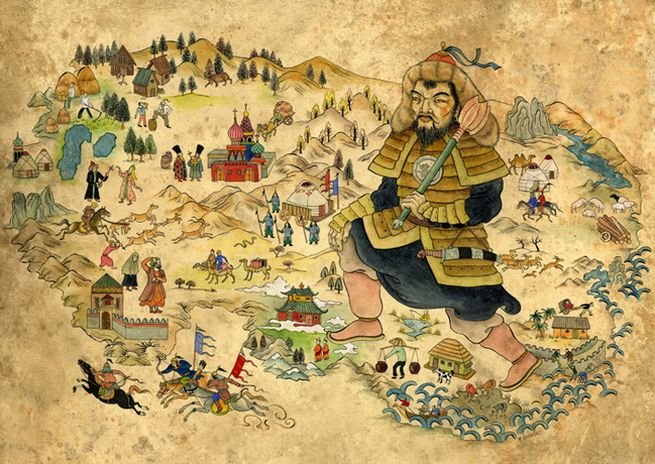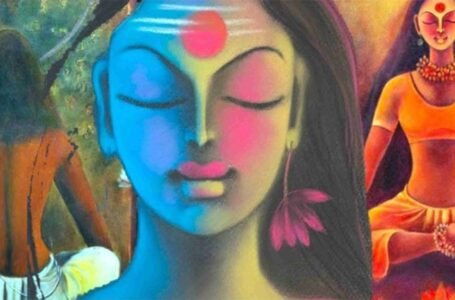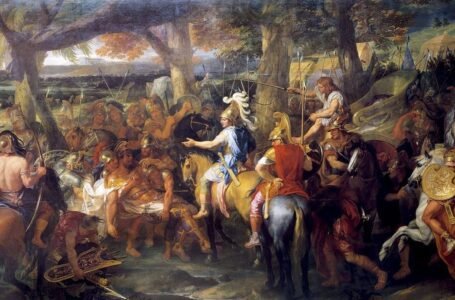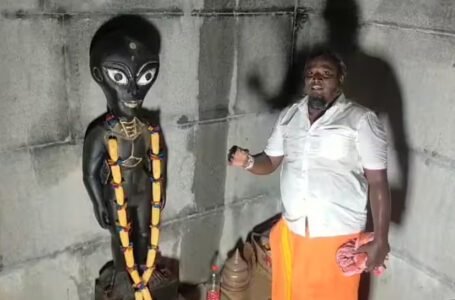Global Art Movements and the Contribution of India

– Bhoomee Vats
India is known for its rich culture and heritage, especially its art, which is rooted in spirituality, mythology, and the country’s history. But it was not until after the modern era that the art of India was reflected on the global stage. Due to this representation, Indian art became the talk of the town in international movements, rising from being unknown to being known worldwide, helping it retain its unique identity. After being known worldwide, Indian Art underwent big changes to become what it is today. The major shift in it can be seen due to the influence of the British, especially in the 19th and 20th centuries, which brought changes not just in art but also in literature and the social sphere of the country. It was the period of British colonialism through which artists of India were introduced to Western thought, ideas, and art, thereby shaping the path towards the global market.
The elites of India were especially influenced by this Western approach, and helped accelerate the whole situation, eventually leading to the Bengal School Movement. The main aim of the Bengal school artists was to learn the Western approach and explore it, and this was able to happen with the help of Government Art Colleges, which were established by the British Government for the younger generation’s training. While exploring the Western approach, it was kept in mind that traditional Indian styles should be infused with them to create an amalgamation consisting of the culture of India and something contemporary. A rare blend of the traditional style with a touch of spirituality and symbolism, with the upcoming new and improvised techniques, gives a fresh look to the Indian art scenario.
Globalisation and Digitalisation
The era of liberalization was a huge turning point for the artists of India. The exposure that came with colonialism increased during this time, bringing in the trends of the international market. Globalization resulted in the westernization of modern art practices and trends in India, making artists who had been confined within the ideas of the country explore the themes of different countries while fusing them with the themes prevalent in their own. This blend and fusion of themes and ideas resulted in the form of vibrant art, which reflected both global aesthetics and indigenous traditions.
Not just globalization, but the trend of digital literacy and the digital evolution and technology also gave birth to the opportunity for Indian artists to engage with the global market. Platforms like social media provide a space and access for artists to present their own ideas and work, and explore the ideas of people from all over the world. Virtual exhibitions through social media allowed the artists to go beyond the limits of their geographical area and join people from all over the world in the making of new trends in contemporary art. Due to the evolution of digital technology, artists who did not have access to expensive art galleries and spaces got the chance to showcase their own work and genius to the whole world while sitting in their own homes.
Indian Artists and Their Contributions
- Jamini Roy- Known for reviving the folk art of India at a global level. His work, especially Kalighat paintings, brought the traditional Indian folk art into the spotlight on a global stage. He was honoured by the Government of India with the award of Padma Bhushan in 1954. He remains one of the most famous pupils of Abanindranath Tagore, another praised Indian artist and instructor. Roy’s painting style features bold, sweeping lines, flattened figures, and vibrant, flat colours, and he is also widely regarded as the father of modern Indian folk art for elevating rural and tribal artistic traditions into modern art and popular culture.
- Amrita Sher-Gil- Amrita Sher-Gil was a Hungarian–Indian painter. She has been called “one of the greatest avant-garde women artists of the early 20th century” and a pioneer in modern Indian art. Drawn to painting from an early age, Sher-Gil started formal lessons at the age of eight. Her works were created with a fusion of Western and Indian aesthetics, particularly in the Post-Impressionism style. Sher-Gil’s early works were influenced by the European avant-garde movements she encountered in Paris. Her initial pieces were characterised by a focus on form and colour, and reflected her experimentation with a range of styles.
- Tyeb Mehta- Tyeb Mehta was an Indian painter, sculptor, and filmmaker. He was part of the Bombay Progressive Artists’ Group and the first post-colonial generation of artists in India. Mehta’s painting style features bold lines, flat planes of colour, and dramatic compositions, often with figures in anguished poses and the use of diagonal lines to divide the canvas and create tension. His work merges modernist abstraction with traditional Indian themes and mythology, notably featuring figures like the bull and mythological scenes, all conveyed with a powerful, expressionistic visual language.
Conclusion
Even though Indian art has seen positive developments, it does not come without its own challenges and criticism, especially after being exposed to the global market. Critics argue that the pressure to conform to international tastes can lead to a dilution of authentic artistic expression. As noted in various studies, there is concern that trend-driven eclecticism may overshadow deeper cultural narratives that define India’s artistic identity.
The evolution of India’s art culture is a testament to its resilience and adaptability in an ever-changing world. As artists continue to engage with global influences while honoring their heritage, they create a dynamic dialogue that enriches both local and international audiences. The future holds immense potential for Indian art as it embraces innovation while remaining rooted in tradition. By fostering an environment that encourages experimentation and supports diverse voices, India can solidify its place as a vital player in the global art scene—one that celebrates its unique narrative while engaging meaningfully with the world at large.


